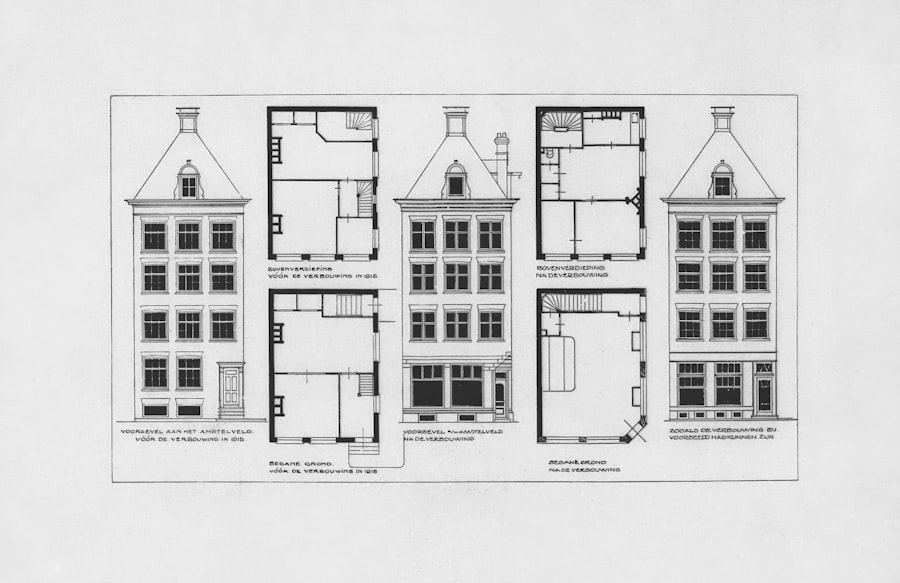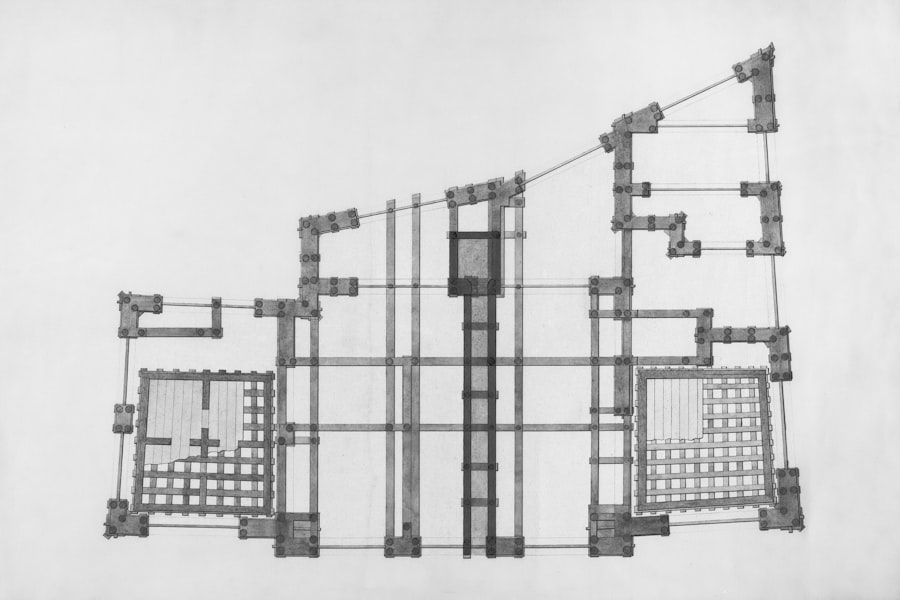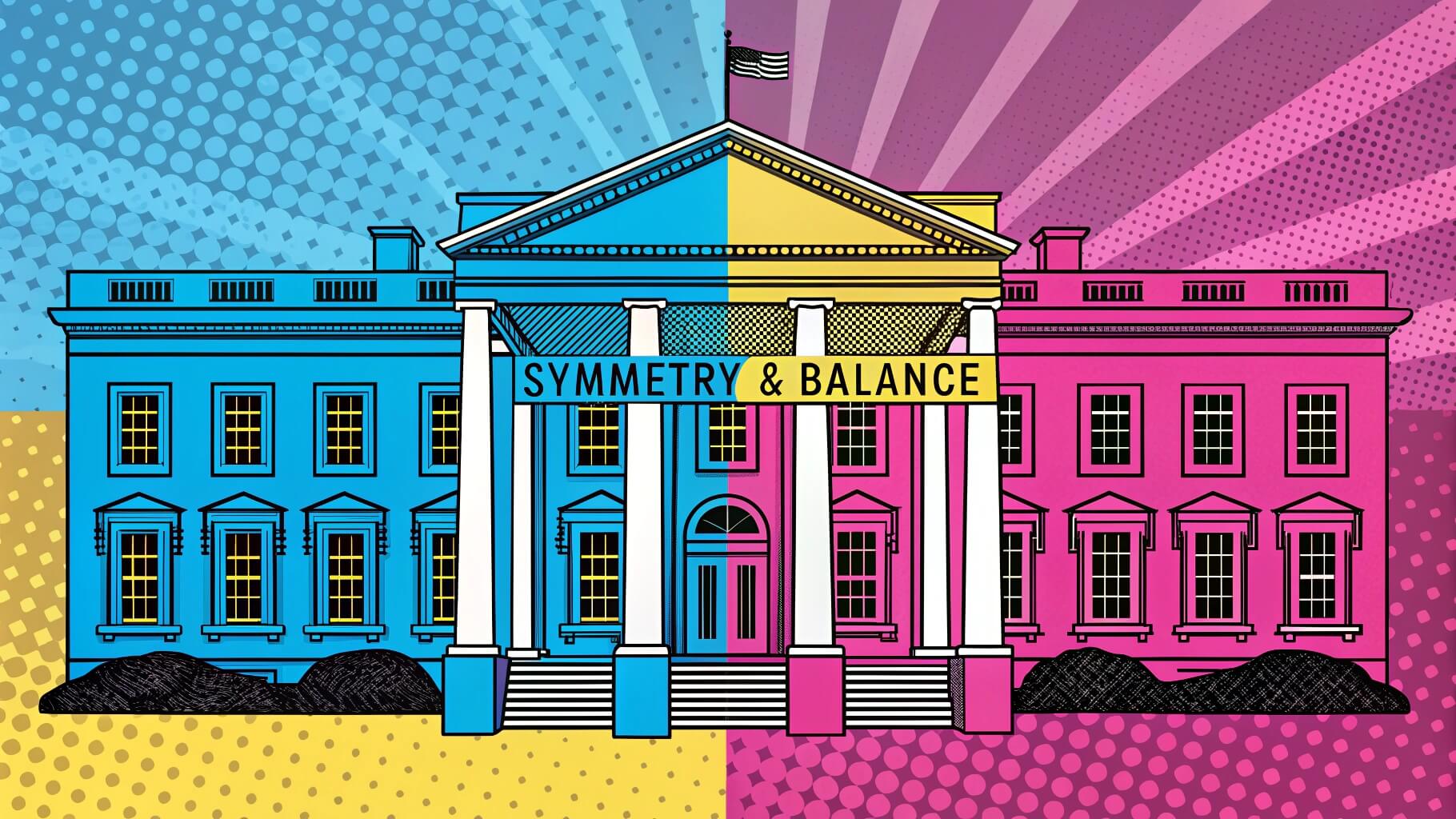Symmetry and balance are fundamental principles that have captivated artists, architects, and designers throughout history. The allure of symmetry lies in its innate ability to create harmony and order, evoking a sense of beauty that resonates deeply with the human experience. In the context of mansion design, these principles manifest in various forms, from the façade to the layout of rooms.
A symmetrical structure often draws the eye, creating a visual rhythm that is both pleasing and engaging. For instance, the grand entrance of a mansion may feature a pair of identical columns flanking a central doorway, establishing a focal point that invites admiration and intrigue. Moreover, balance in design extends beyond mere symmetry; it encompasses the distribution of visual weight across a space.
A well-balanced mansion might juxtapose large, imposing elements with smaller, delicate features, creating a dynamic interplay that enhances the overall aesthetic. This interplay can be seen in the careful arrangement of windows, doors, and architectural details that work together to form a cohesive whole. The result is an environment that feels stable and inviting, where every element contributes to a unified vision.
The aesthetic appeal of symmetry and balance is not just about visual pleasure; it is about crafting spaces that resonate with our innate desire for order and beauty.
Key Takeaways
- Symmetry and balance in design create a visually appealing and harmonious aesthetic.
- Symmetrical and balanced design can evoke feelings of stability, order, and harmony in individuals.
- In mansion design, symmetry and balance can enhance functionality and flow within the space.
- Symmetry and balance have been significant elements in architecture across various cultures and time periods.
- Achieving symmetry and balance in exterior and interior mansion design involves careful planning and attention to detail.
The Psychological Impact of Symmetrical and Balanced Design
The psychological effects of symmetry and balance in design are profound and multifaceted. Research in psychology suggests that humans are naturally drawn to symmetrical shapes and patterns, often associating them with beauty, stability, and even health. This attraction can be traced back to evolutionary biology, where symmetry in nature often signifies genetic fitness.
In mansion design, this psychological predisposition can be harnessed to create environments that evoke feelings of comfort and security. A symmetrical façade can instill a sense of trust and reliability, making occupants feel more at home within the space. Furthermore, balanced design can significantly influence mood and behavior.
Spaces that exhibit symmetry tend to promote calmness and focus, while asymmetrical designs may evoke feelings of chaos or discomfort. For example, a mansion with a balanced layout—where rooms are proportionately sized and strategically placed—can enhance the flow of movement and interaction among inhabitants. This thoughtful arrangement fosters a sense of community and connection, encouraging social engagement in shared spaces like living rooms or dining areas.
The psychological impact of symmetry and balance extends beyond mere aesthetics; it shapes how individuals experience their environment on an emotional level.
The Functional Benefits of Symmetry and Balance in Mansion Design

Beyond their aesthetic and psychological appeal, symmetry and balance offer practical advantages in mansion design. Functionality is paramount in creating spaces that not only look good but also serve their intended purpose effectively. A symmetrical layout can facilitate efficient movement throughout the mansion, allowing occupants to navigate from room to room with ease.
For instance, a central hallway flanked by equally sized rooms on either side can create a logical flow that enhances accessibility and usability. Additionally, balanced design can optimize natural light and ventilation within a mansion. By strategically placing windows and doors in symmetrical arrangements, designers can ensure that light enters evenly throughout the space, reducing dark corners and enhancing the overall ambiance.
This consideration not only improves the aesthetic quality of the interiors but also contributes to energy efficiency by minimizing the need for artificial lighting during the day. Furthermore, balanced proportions in room sizes can enhance acoustic performance, ensuring that sound travels harmoniously throughout the mansion without creating disruptive echoes or dead spots.
Historical and Cultural Significance of Symmetry and Balance in Architecture
The historical significance of symmetry and balance in architecture is deeply rooted in various cultural traditions around the world. Ancient civilizations often employed these principles as a means of expressing their values and beliefs through their built environments. For example, the ancient Greeks revered symmetry as a reflection of divine order, evident in their iconic temples such as the Parthenon.
The meticulous proportions and harmonious relationships between columns and entablatures exemplify how symmetry was used to convey ideals of beauty and perfection. In contrast, Eastern architectural traditions also embraced symmetry but often infused it with spiritual significance. In traditional Chinese architecture, for instance, symmetrical layouts are prevalent in palaces and temples, symbolizing harmony between heaven and earth.
The Forbidden City in Beijing is a prime example, where the central axis serves as a visual representation of cosmic order. Such historical precedents highlight how symmetry and balance have transcended mere aesthetics to embody cultural narratives and philosophical ideals across different societies.
Achieving Symmetry and Balance in Exterior Mansion Design
Achieving symmetry and balance in exterior mansion design requires careful consideration of various architectural elements. The façade serves as the first impression of a mansion; thus, it must embody these principles to create an inviting presence. Designers often employ symmetrical features such as evenly spaced windows, matching rooflines, and balanced entryways to establish visual coherence.
For instance, a grand staircase leading to a central door flanked by identical lanterns can create an inviting focal point that draws attention while maintaining equilibrium. Landscaping also plays a crucial role in achieving exterior balance. Thoughtful placement of trees, shrubs, and pathways can enhance the overall symmetry of the property.
For example, a symmetrical garden layout with mirrored flower beds on either side of a central pathway can create an enchanting outdoor space that complements the mansion’s architecture.
Additionally, incorporating water features such as fountains or reflecting pools can further enhance the sense of balance by introducing dynamic elements that harmonize with the surrounding landscape.
Implementing Symmetry and Balance in Interior Mansion Design

Creating a Sense of Order
In interior layouts, symmetrical arrangements of furniture are often used to foster a sense of order. For instance, placing two identical sofas facing each other across a coffee table creates a balanced conversation area that encourages social interaction while maintaining visual harmony.
Attention to Detail
Attention to detail is paramount when implementing these principles indoors. Decorative elements such as artwork, lighting fixtures, and architectural details should be thoughtfully arranged to enhance symmetry within each room. A dining room featuring a long table centered beneath a symmetrical chandelier exemplifies how balance can elevate the dining experience by creating an atmosphere conducive to gatherings.
Strategic Use of Color
Additionally, color schemes can be employed strategically; using complementary colors on opposite sides of a room can reinforce visual balance while adding depth to the overall design.
Incorporating Symmetry and Balance in Landscape Design for Mansions
Landscape design is an integral aspect of mansion aesthetics that often reflects the same principles of symmetry and balance found in architecture. A well-designed landscape not only enhances the visual appeal of a property but also creates functional outdoor spaces for relaxation and recreation. Achieving symmetry in landscaping involves careful planning of plant arrangements, pathways, and outdoor structures to create a cohesive environment that complements the mansion’s architecture.
For example, a symmetrical approach to landscaping might involve mirroring plant beds on either side of a central pathway leading to the entrance of the mansion. This creates an inviting approach while reinforcing the overall balance of the property. Additionally, incorporating features such as pergolas or gazebos on either side of an outdoor space can enhance symmetry while providing shaded areas for outdoor gatherings.
Water features like ponds or fountains can also be strategically placed to create focal points that draw attention while maintaining equilibrium within the landscape.
The Future of Symmetry and Balance in Mansion Design
As architectural trends evolve, the principles of symmetry and balance continue to hold relevance in mansion design while adapting to contemporary preferences. Modern designs often embrace minimalism and open-concept layouts; however, these styles can still incorporate symmetrical elements to create visual interest without overwhelming complexity. For instance, large windows arranged symmetrically along a wall can invite natural light while maintaining a sense of order within an open space.
Furthermore, advancements in technology are enabling architects to explore new ways to achieve balance through innovative materials and construction techniques. Sustainable design practices are increasingly influencing how symmetry is approached; for example, using eco-friendly materials that allow for flexible layouts can lead to unique interpretations of traditional symmetrical forms. As society becomes more attuned to environmental considerations, future mansion designs may prioritize balance not only in aesthetics but also in ecological impact.
In conclusion, while symmetry and balance have long been celebrated for their aesthetic appeal and psychological benefits, their functional advantages cannot be overlooked. As we look ahead to future trends in mansion design, these principles will undoubtedly continue to evolve while remaining integral to creating harmonious living environments that resonate with both beauty and purpose.
FAQs
What is symmetry in mansion design?
Symmetry in mansion design refers to the balanced arrangement of elements on either side of a central axis. This can include the placement of windows, doors, and architectural features to create a harmonious and visually pleasing facade.
Why is symmetry important in mansion design?
Symmetry is important in mansion design because it creates a sense of order, balance, and elegance. It can enhance the overall aesthetic appeal of the mansion and contribute to a feeling of grandeur and sophistication.
How does balance contribute to mansion design?
Balance in mansion design refers to the distribution of visual weight and elements within the architectural composition. Achieving balance helps create a sense of stability, harmony, and proportion in the overall design of the mansion.
What are the benefits of incorporating symmetry and balance in mansion design?
Incorporating symmetry and balance in mansion design can result in a more visually appealing and architecturally pleasing structure. It can also contribute to a sense of grandeur, elegance, and timelessness, making the mansion more attractive and desirable.
Are there specific architectural styles that emphasize symmetry and balance in mansion design?
Yes, certain architectural styles, such as Georgian, Neoclassical, and Palladian, are known for their emphasis on symmetry and balance in mansion design. These styles often feature evenly spaced windows, centered entrances, and symmetrical facades.

